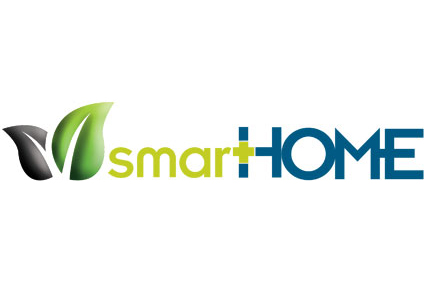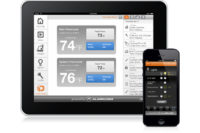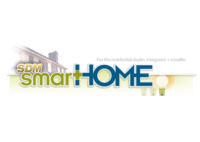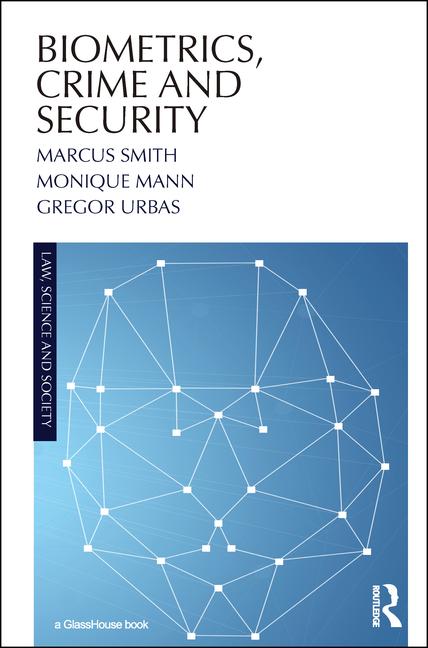Home automation technologies that offer energy efficiency are the most popular type of installed home technologies among U.S. consumers, according to the latest study released today by the Consumer Electronics Association (CEA)®, Arlington, Va. CEA’s Adoption and Usage of Home Automation Technologies found that 47 percent of online U.S. households indicate they have a programmable (42 percent) and/or smart (12 percent) thermostat currently installed in their homes.
Technologies providing home security are the second most installed type of technology in homes, with 31 percent of online households indicating they own a security product. Nearly one in five online households (19 percent) have a monitored security system, more than twice the penetration rate of those who have unmonitored security systems (eight percent). Nine percent of online households own a video surveillance system and six percent have electronic or programmable door locks.
Consumers are also opting to install entertainment-based home technologies, such as home theater pre-wiring/systems (17 percent) and structured wiring systems (eight percent).
“The rise in housing starts in 2013 has contributed to a steady increase in the overall outlook for home technology,” said Kevin Tillmann, senior research analyst, CEA. “Products that can offer energy efficiency are leading the home automation technology market, with the ability to save money serving as a key motivator for purchases.”
In terms of purchase intent, there is a sizable market opportunity for energy efficient products. A majority (61 percent) of online households expect to purchase energy efficiency home automation technology at some point in the future, followed by security technology (51 percent) and entertainment technology (40 percent).
Additionally, professional installation remains the preferred method of installation across the board for consumers, regardless of product category in home automation. However, respondents tend to have a stronger preference for DIY installation for products like programmable thermostats (37 percent), smart thermostats (30 percent) and home theater pre-wiring (29 percent).
“DIY solutions have become the norm for parts of the home automation sector,” said Tillmann. “DIY embraces both innovation and consumer empowerment while decreasing dependence on new construction and expands the addressable market to existing homes.”
CEA Studies Offers Eye-Opening Statistics on Energy Efficiency, Security and More






